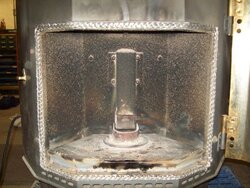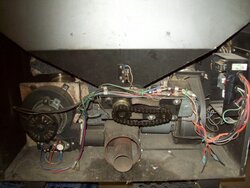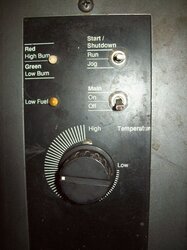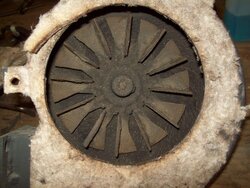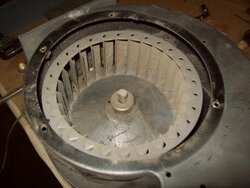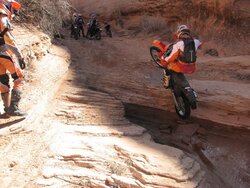man-machine said:"Fully insulated" yes, the walls are insulated, roof is the standard gable type pitch with insulation in the flat part of the attic. No, I don't have the R ratings. Hot air comes out of the slot above the glass, correct, that's the only place it comes out. Still, shouldn't this thing be blowing out air hotter than 97F?
I can't show it burning, I have to take it apart. I'll describe the flame as being full pot width, 6" high, not too fiesty and sooting up the glass very little. Sound about right?
It should be hotter than 97 for sure . It sounds like the heat exchanger is either covered in carbon or the heat is getting past it and going up the chimney .I don't know how that stove is put to gether so I can't help more . Does it have some kind of burn air control ? More air should make it leaner and hotter . On average you should be able to heat your garage with 40 lbs or less .I was just surprised that you couldn't get more than 35 lbs threw it on high .


